Winemaking and styles for the world’s most famous sparkling wine
There will be millions of bottles of champagne drunk during the Christmas and New Year festivities. Of course, all sparkling wine that will be drunk is not Champagne. Champagne is the most expensive of all sparkling wines so, depending on your budget and your interest, you might want to choose a Spanish Cava, an Italian Prosecco or a French Crémant instead.
The Champagne method
The region of Champagne in the north-east of France is very protective of its name and to call something champagne or even “made with the champagne method” (méthode champenoise) is strictly forbidden outside the limited area of Champagne. For the simple reason that the Champagne producers consider their product to be unique. And is it? Yes, of course it is unique, because it is made in Champagne. Made with grapes that are grown in a particularly chalky soil in a region with a particularly harsh and cool climate.
Add to that the many rules the producers have to comply with during the vinification and the ageing of the champagne, rules that are stricter than for any other sparkling wine. So yes, Champagne is unique. Whether it is also better than all other sparkling wines, that is for each consumer to decide.
Dark skinned grapes
Three grapes are grown in Champagne: pinot noir and pinot meunier, both with black skin, and the white chardonnay. The standard Champagne Brut of a big house will typically be made from all these three grapes, approximately a third of each. (There are actually a few more grape varieties grown in Champagne but in minute quantities.)
A blanc de blancs is made with only chardonnay grapes and the opposite, blanc de noirs, only with pinot noir and/or meunier.
The grapes are always picked by hand because it is important that the grapes are not crushed as champagne is a white wine made with black skinned grapes (which is, in fact, very unusual). If you harvest by machine it is very difficult to avoid crushing some of the grapes and you would maybe end up with a coloured must.
As the climate in Champagne is a bit cool we have grapes with high acidity and fairly low sugar content at picking.
The pressing of the grapes and the blending
The whole grape bunches are put into the press, either a traditional vertical basket press or a more modern pneumatic one. The pressing of the grapes is surrounded by many restrictions. From 4000 kg of grapes that you put in the press you are allowed to extract not more than 2550 litres. The first 2050 litres (la cuvee) are considered the best and some producers prefer not to use the last 500 litres, called la taille.
Fermentation then takes place in steel tanks. A few (and more and more of the more ambitions growers) ferment in small oak barrels.
As the potential alcohol level at picking is low most of the years, the producers have to chaptalise, that is, they add some sugar to the must during the fermentation to get a higher alcohol content in the wine. If they pick at 9.5% of potential alcohol, they would add sugar equivalent of at least 1 % of alcohol, so that they end up with a still wine of between 10.5 and 11%.
The still wine ferments until totally dry and is kept in tanks until January/February (or sometimes longer). Now the cellar master will do the blending (l’assemblage). He will mix the different grapes, the different vineyard plots and he will also add so called reserve wine from older vintages.
Champagne is really the ultimate blended wine. The exception is vintage Champagne (champagne millesimé) which is, of course, made from grapes from a single year, but still usually blended from different plots. The blending is a very important process and requires skill and experience.
The second fermentation
The blended wine will now be bottled. Sugar and yeast are added to the tank; the wine is bottled and sealed with a crown cap (beer bottle cap). The bottles are put in the underground cellars of the producers and the second fermentation will start in the bottle.
This time the carbon dioxide that is formed during the fermentation have nowhere to escape. So it stays in the bottle and creates the lovely bubbles when we open it. The pressure in the bottle is around 6 bar so always be careful when you open it!
The second fermentation takes 4 to 6 weeks. The cooler the temperature in the cellar, the slower the fermentation. The still wine is turned into a sparkling wine and the alcohol level is increased by around 1%.
The bottles will now be left in the cellars, undisturbed, for a minimum of 15 months and sometimes for years. The longer the Champagne stays on its sediment, the better. The sediment comes from the dead yeast and it gives aromas and a mellow character to the wine.
Removing the sediment
The next step is to remove the lees. It certainly has a positive impact on the wine, but it must be removed. Nobody wants to drink champagne that is not clear as crystal.
However, to remove it is not obvious. An innovation of the widow Veuve Clicquot some hundred years ago made it easier and nowadays it is even easier and quicker. The invention by Madame Clicquot was the pupitre.
A few weeks before it is time for the actual removal of the lees (called the disgorging, dégorgement) you put the bottles in a pupitre (a sort of a wooden frame) with the neck pointing downwards.
A person – called remueur – then turns the bottles a little every day (remuage, or riddling) so that in the end, after approximately 4 weeks, the bottles are completely up side down and all the sediment is settled in the neck of the bottle.
Nowadays some producers still do the manual remuage for their prestige champagne and for bigger size bottles but for most champagnes they use the gyropalette, a machine that does the same thing as a remueur, only much quicker.
And everyone agrees that it makes no difference whatsoever to the quality of the Champagne.
The disgorging
And now, the disgorging. The bottle necks are first frozen in a solution of minus 28 degrees C. The bottles are then raised to an upright position. The crown cap is removed and paff!, the frozen sediment is catapulted out of the bottle.
Often a small amount of wine is lost as well and this will be replaced together with some sugar (le dosage). How much sugar you add depends on what style of Champagne you are aiming at.
For a Brut 12 grams of sugar per litre at the most can be added. More and more Extra-Brut are produced (max 6 grams of sugar) and even non-dosé, no sugar at all added. The reason for adding sugar is that the acidity in a champagne is very high. A non-dosé Champagne is considered too crisp and too fresh for most consumers.
Actually, a hundred years ago, at least 25 grams of sugar was considered necessary by most customers. That was a dry champagne at the time, a “champagne sec” in French. That was why, when the fashion changed, and people wanted less sweet Champagnes, they had to invent another word for “Dry”. And came up with “Brut” which means crude or raw. And Sec in Champagne-language now means sweet.
This adding of wine and sugar is of course done very rapidly with a machine and finally the bottles are sealed with the natural cork and the muselet (wire cage). And they are ready to party!
So now you know the technology behind the bottle. The magic comes when you open it.
What will you have for New Year? Write a comment!


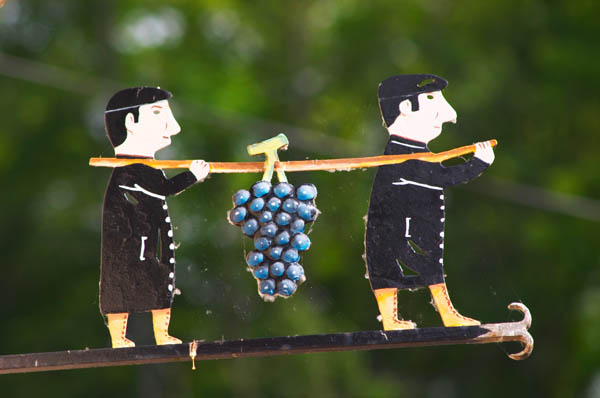
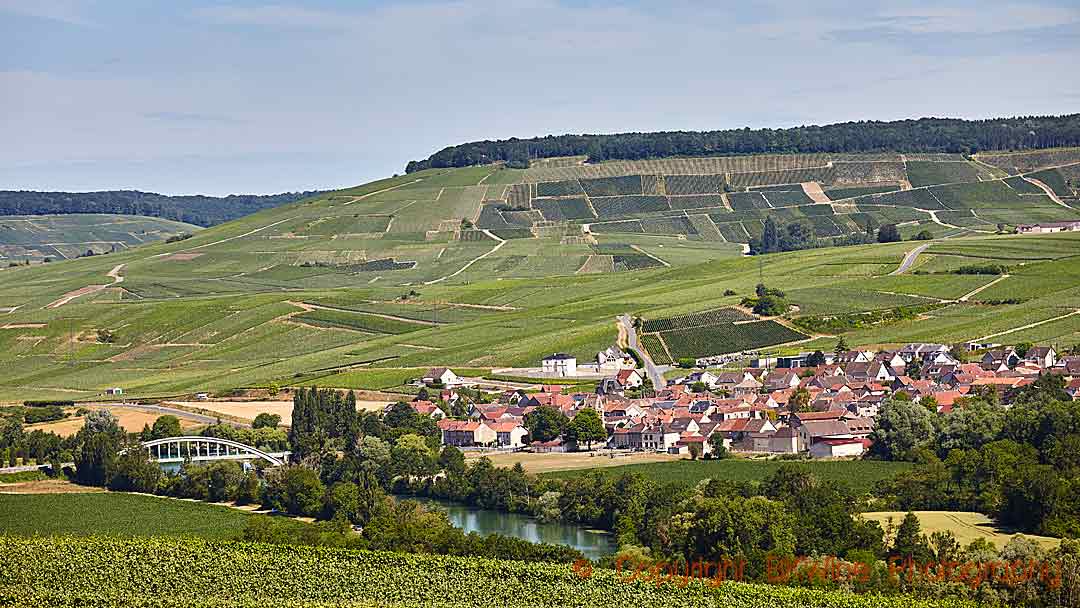
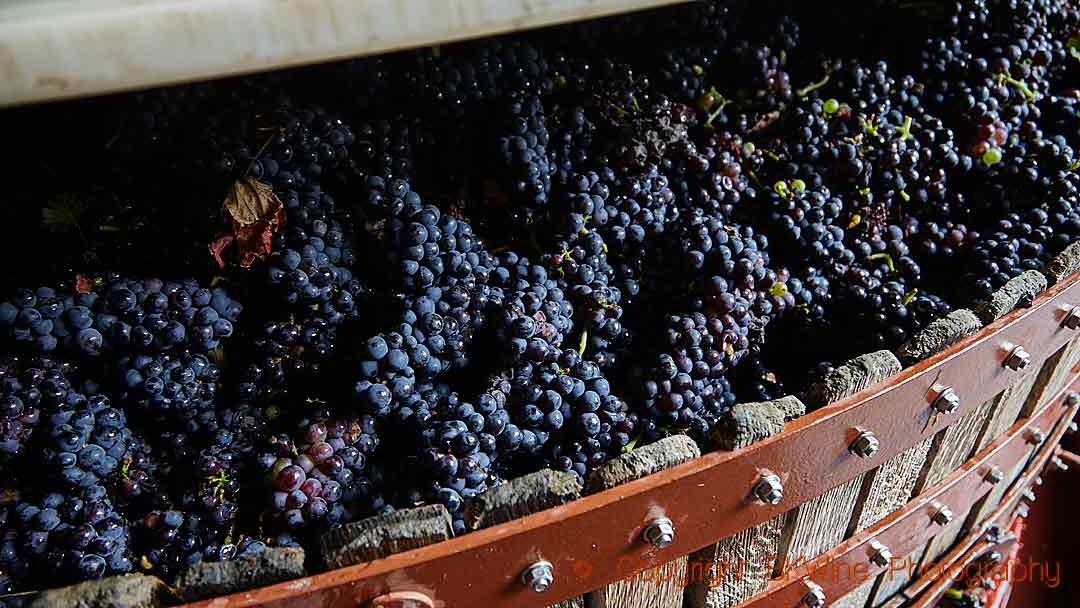


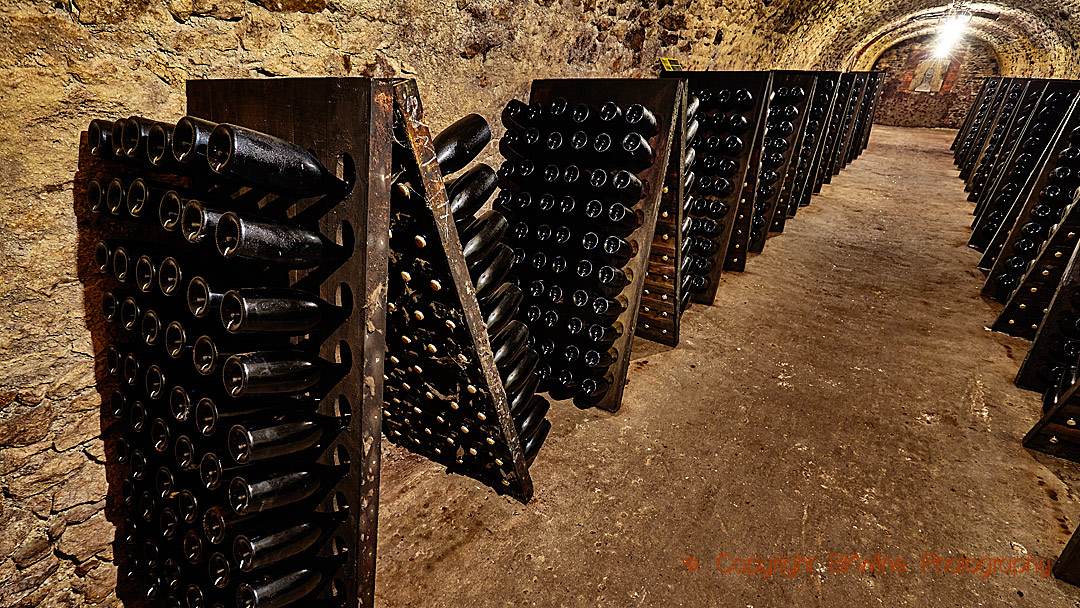
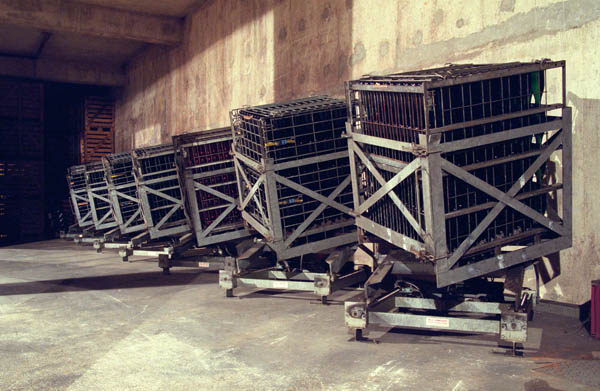
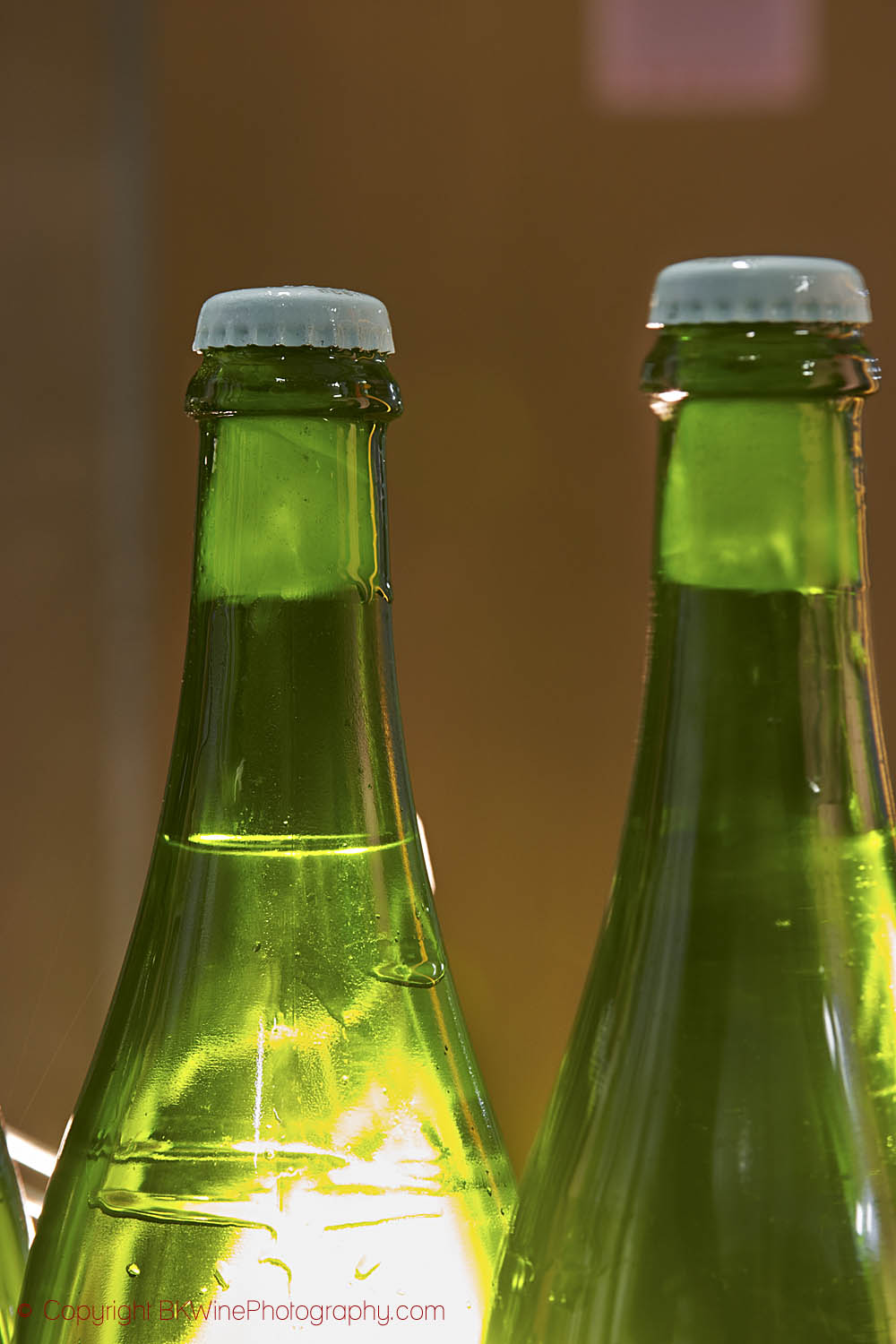

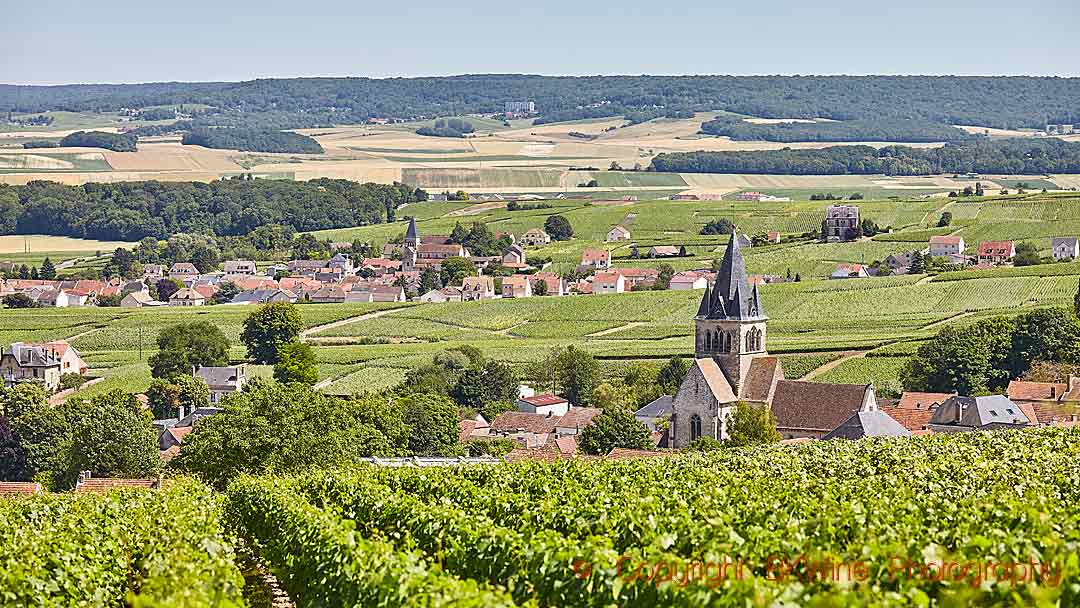


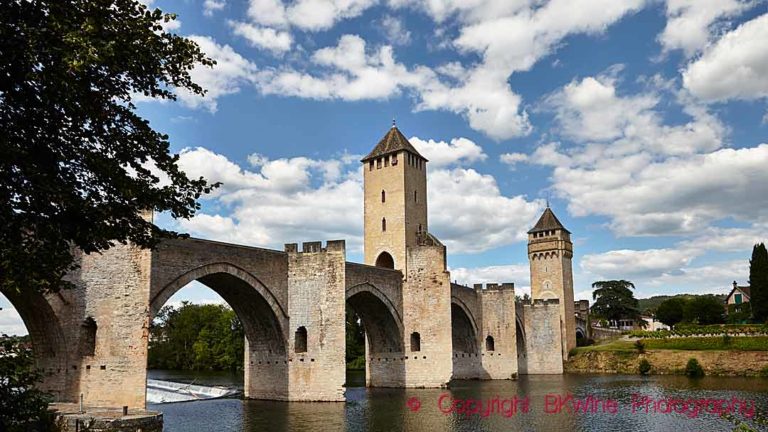
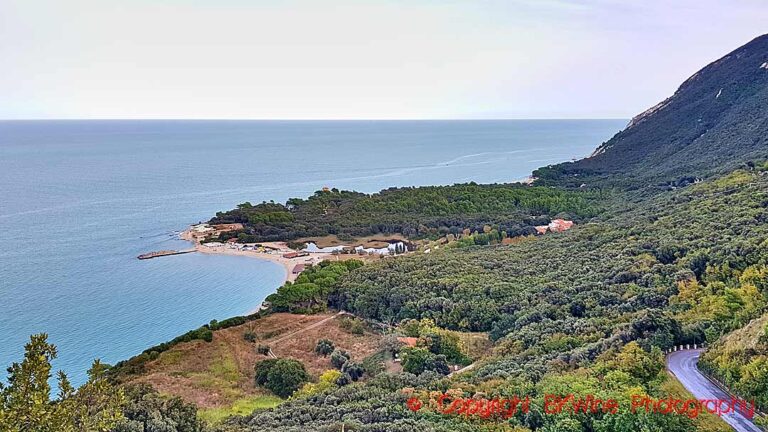





One Response